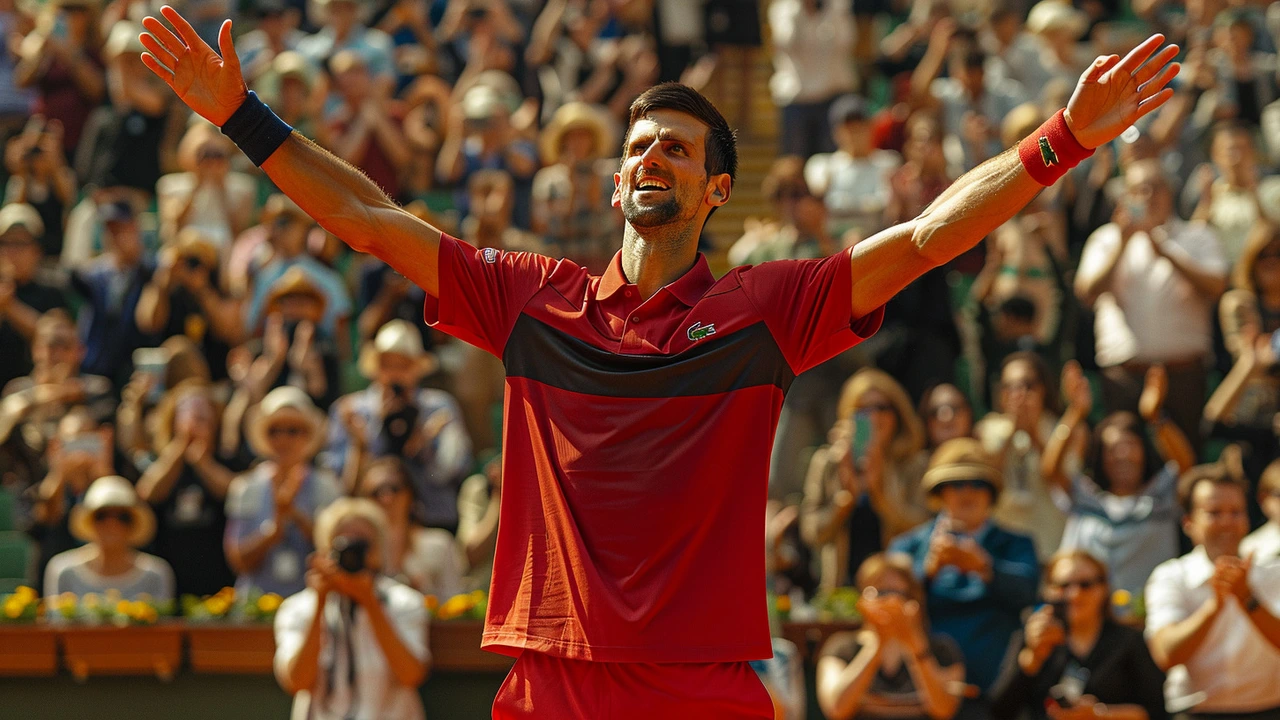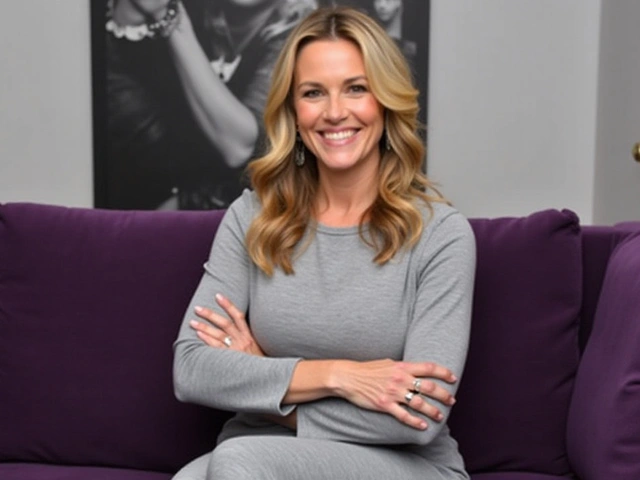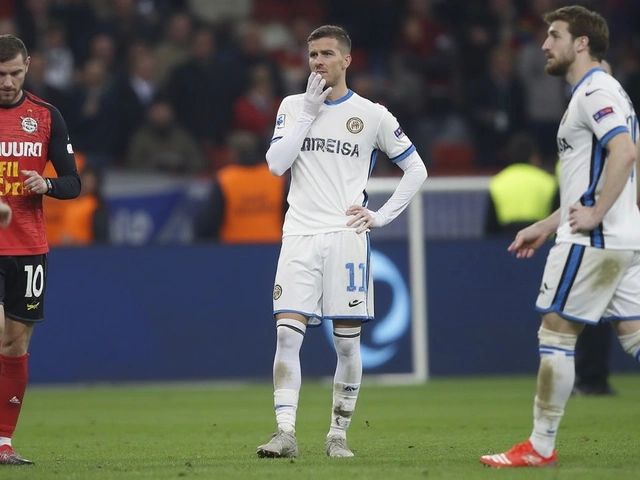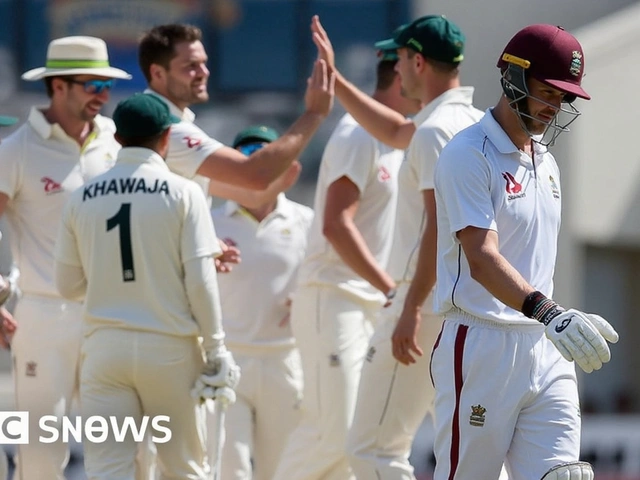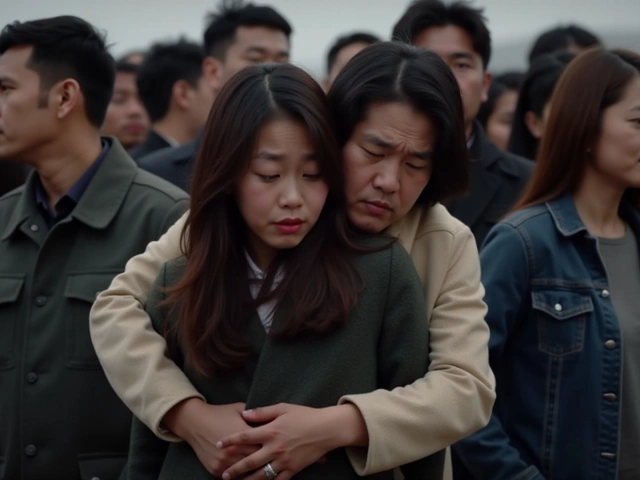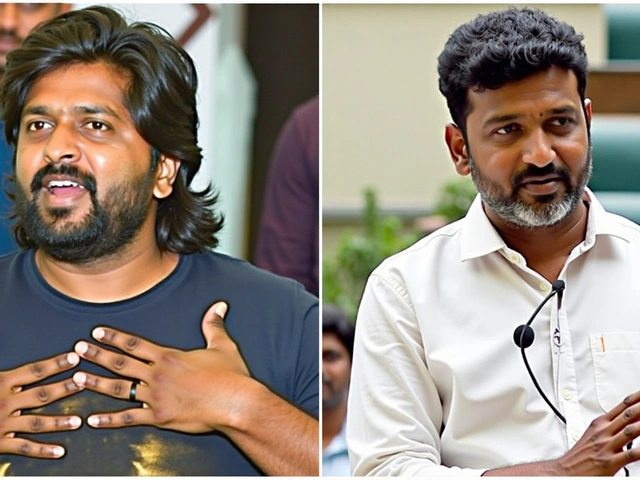Roland Garros: Your Quick Guide to Paris Clay and Live Updates
Clay courts change everything. At Roland Garros, the ball bounces slower, rallies last longer, and endurance beats pure power. The French Open runs each year in late May and early June, and if you care about clay-season form, this is the event to watch.
Want live match alerts, schedule changes, or upset alerts? Continental Scout Daily tracks scores, player news, and injury updates across Africa and the world. We focus on who’s peaking on clay, who struggles with the surface, and what results mean for rankings and upcoming tournaments.
What makes Roland Garros different
Clay favors heavy topspin, smart footwork, and patience. Players who slide well and construct points do better here. Big servers can win, but they rarely dominate like on grass or hard courts. Expect long baseline battles and surprise comebacks. Also look for tactical substitutions in doubles and mixed doubles — clay tests every shot and every decision.
If you follow rising talents, Roland Garros often reveals breakouts. Young players who adapt to clay fast can make deep runs. Keep an eye on qualifiers and wildcards; the slow surface evens out power gaps and helps grinders upset big names.
How to follow Roland Garros from Africa
TV and streaming rights change by country, so check local listings early. Many regions get live feeds via pay TV or streaming platforms; some matches may be free highlights online. For mobile updates, follow real-time score services and Continental Scout Daily’s match reports — we post quick recaps and explain how a result affects African players and the wider tennis calendar.
Planning to watch a late-night match? Time zones matter. Paris is usually one or two hours ahead of most West African countries and one hour behind East Africa, so schedule alerts to avoid missing key moments. Bookmark the main order of play each morning to find matches that suit your time.
The first week is all about surprises: qualifiers, long three-setters on clay, and early upsets of seeded players who don’t move well. The second week favors heavy hitters who survive the grind and players with strong physical conditioning. Watch the middle rounds for tactical shifts — coaches often change game plans after losses on clay.
Look beyond aces. On clay, winning a high percentage of rallies over 10 shots, break-point conversion and second-serve return stats matter more. Follow match length and total distance if you want a sense of which players are wearing down. We highlight these numbers in our match recaps so you get quick context, not just scores.
African players and coaches sometimes show up in the qualifying draw or doubles events. We track their progress, plus travel or visa news that affects who plays. Expect quick previews, live updates, and post-match takeaways from Continental Scout Daily — practical stuff that helps you follow Roland Garros without the noise.
Want special coverage? Tell us which match or player you care about and we’ll focus our updates. Roland Garros changes fast; we’ll help you keep up. Subscribe for alerts and daily match briefs.
Novak Djokovic achieved a remarkable milestone by winning his third-round match against Lorenzo Musetti at 3:07 a.m., the latest finish in Roland Garros history. This gripping match, lasting over four hours, encapsulated the chaos and excitement that defined the tournament's evening session.
Recent-posts
Aug, 16 2024
Apr, 21 2025
Dec, 30 2024

